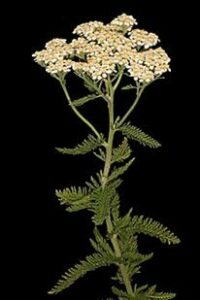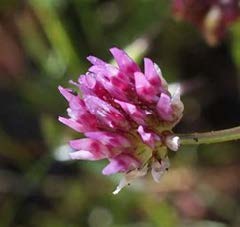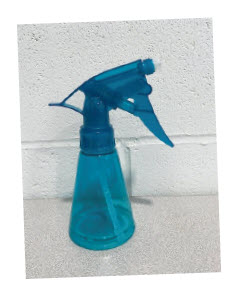46 Wall Hanging Project Culinary & Horticulture: 5% Saline Solution, Halophytes
Halophyte Grasses and Flowers
Halophytes are plants that can grow in salty habitats, such as coastal regions, mangroves, and saline deserts.
They have special adaptations to cope with high salt concentrations, such as succulent stems, small or no leaves, and salt glands.
Halophytes are classified into four types based on their salt tolerance and accumulation: euhalophytes, crynohalophytes, glycohalophytes, and halophytes sensu stricto.
Halophytes are important for biodiversity, ecosystem services, and land reclamation. They provide food, fodder, fuel, and medicine for humans and animals.
Halophytes are also potential sources of bioenergy, oil, and protein. They can be cultivated on marginal lands and use saline water for irrigation.
Here are a few halophyte options:
Yarrow
 Achillea millefolium, commonly known as yarrow (/jæro/) or common yarrow, is a flowering plant in the family Asteraceae. Other common names include old man’s pepper, devil’s nettle, sanguinary, milfoil, soldier’s woundwort, and thousand seal.
Achillea millefolium, commonly known as yarrow (/jæro/) or common yarrow, is a flowering plant in the family Asteraceae. Other common names include old man’s pepper, devil’s nettle, sanguinary, milfoil, soldier’s woundwort, and thousand seal.
Fool’s Onion
 Trifolium wormskioldii is a species of clover[1] native to the western half of North America. Its common names include cows clover,[2] coast clover, sand clover, seaside clover, springbank clover,[3] and Wormskjold’s clover
Trifolium wormskioldii is a species of clover[1] native to the western half of North America. Its common names include cows clover,[2] coast clover, sand clover, seaside clover, springbank clover,[3] and Wormskjold’s clover
Cow’s Clover
 Triteleia hyacinthina is a species of flowering plant known by the common names white brodiaea,[2] white tripletlily, hyacinth brodiaea, and fool’s onion. It is native to western North America from British Columbia to Idaho to central California
Triteleia hyacinthina is a species of flowering plant known by the common names white brodiaea,[2] white tripletlily, hyacinth brodiaea, and fool’s onion. It is native to western North America from British Columbia to Idaho to central California
How to make a 5% saline solution with salt
 A salt solution, also called a saline solution, is simply a mixture of salt and water. Salt is the solute (the dissolving substance), and water is the solvent (the substance that dissolves another to create a solution). To make a salt solution by weight percent (w/v), you apply the formula w/v = (mass of solute ÷ volume of solution) × 100. The density of water is 1 gram per milliliter (g/ml) which means 1 milliliter of water weighs 1 gram.
A salt solution, also called a saline solution, is simply a mixture of salt and water. Salt is the solute (the dissolving substance), and water is the solvent (the substance that dissolves another to create a solution). To make a salt solution by weight percent (w/v), you apply the formula w/v = (mass of solute ÷ volume of solution) × 100. The density of water is 1 gram per milliliter (g/ml) which means 1 milliliter of water weighs 1 gram.
Work out how much salt solution you need. For this example, say you need 200 ml of salt solution.
Work out 5 percent of 200 (0.05 × 200 = 10). To make a 10 percent salt solution, work out 10 percent of 200 and so on. You can also work this out by re-arranging the formula, but multiplying the final volume by the decimal form of the percentage is simpler.
Weigh 10 grams of salt. You can use any type of salt, including table salt.
Pour the salt into a graduated cylinder or volumetric flask containing about 180 ml of water. Swirl the flask gently until all the salt dissolves.
Add enough water to bring the final volume up to 200 ml. Don’t simply measure 200 ml of water and add 10 g of salt. Adding salt changes the final volume of the solution and affects the final percentage.
The saline solution is to be put into a spray bottle which acts like an ocean spray on the halophytes.

